
Marketing automation
Save Time and Money with
Powerful Email Automation
Convert leads and nurture communities by automating
your emails with funnels!

Segmentation & Personalization
Target your audience with precision and send personalized emails that increase engagement and build stronger relationships.
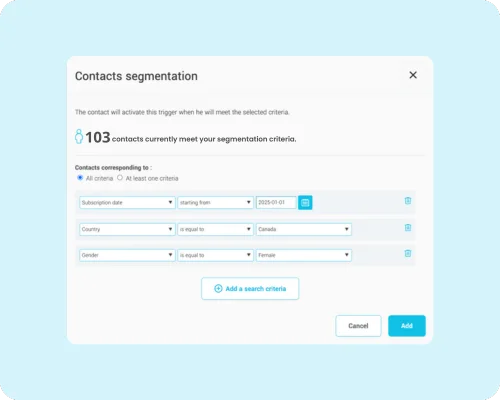
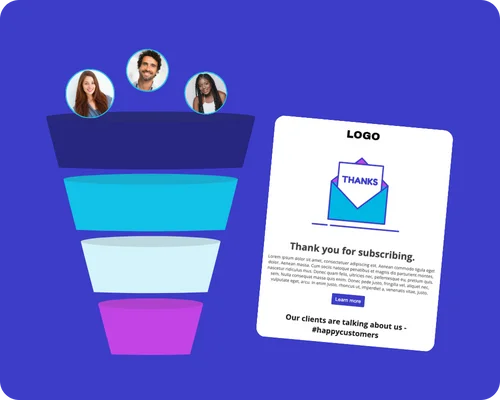
Email Funnels
Nurture leads and guide them through the customer journey with automated email sequences.
Drag-and-Drop Workflow Builder
Easily create automated workflows with our drag-and-drop builder – no coding required!
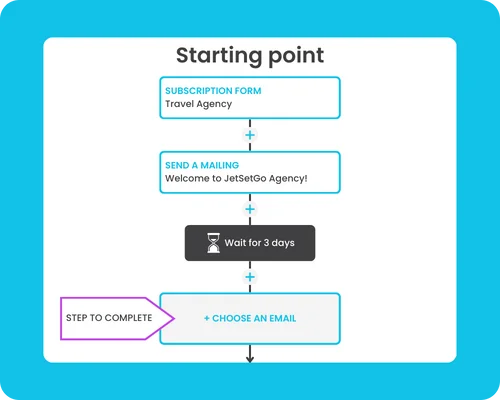
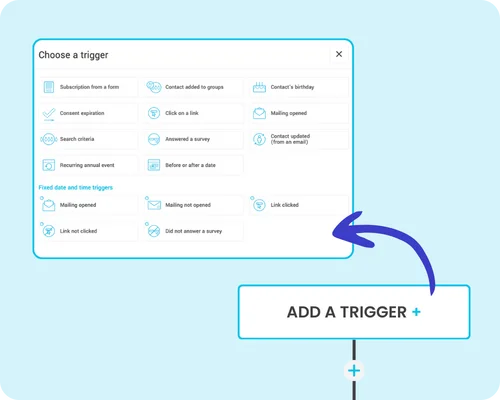
Behavioural Triggers
Trigger automated actions based on contacts activity, email engagement, and more.
Reporting & Analytics
Track your results and optimize your campaigns with comprehensive reporting.
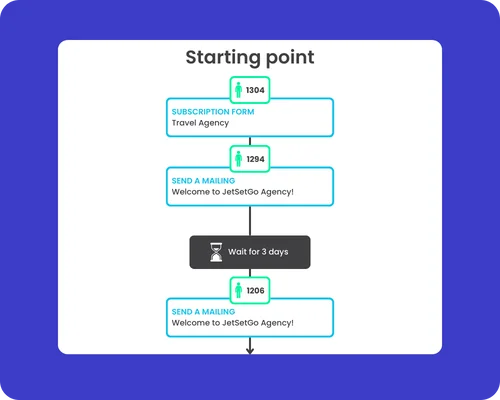
Why they choose Cyberimpact
See why more than 10,000 businesses and organizations trust Cyberimpact
Connect Cyberimpact with your favorites integrations
Integrate your favorite tools to automate your marketing and streamline your workflows, making your email campaigns even more effective.



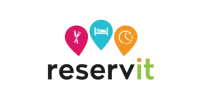
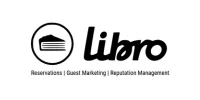



Email Marketing Automation Benefits

Increased Efficiency and Time Savings
Automate repetitive tasks like sending welcome emails, follow-up messages, and birthday greetings. This frees up your time to focus on strategic initiatives and other important aspects of your business.

Improved Lead Generation and Qualification
Nurture leads with targeted email sequences based on their behaviour and interests. This helps qualify leads and move them further down the sales funnel.

Enhanced Personalization
Deliver personalized experiences to your subscribers by using dynamic content, segmentation, and behavioral triggers. This increases engagement and makes your emails more relevant to each individual.

Improved Customer Experience
Provide a seamless and personalized customer experience with automated emails that are triggered by their actions and behaviours.

Increased Sales & Revenue
Increase sales by sending targeted emails with upsell/cross-sell recommendations, appointment reminders, and special offers.

Improved Customer Retention
Keep your customers engaged and coming back for more by sending valuable content, exclusive offers, and personalized communications that build loyalty.
Marketing Automation Tailored for Your Industry
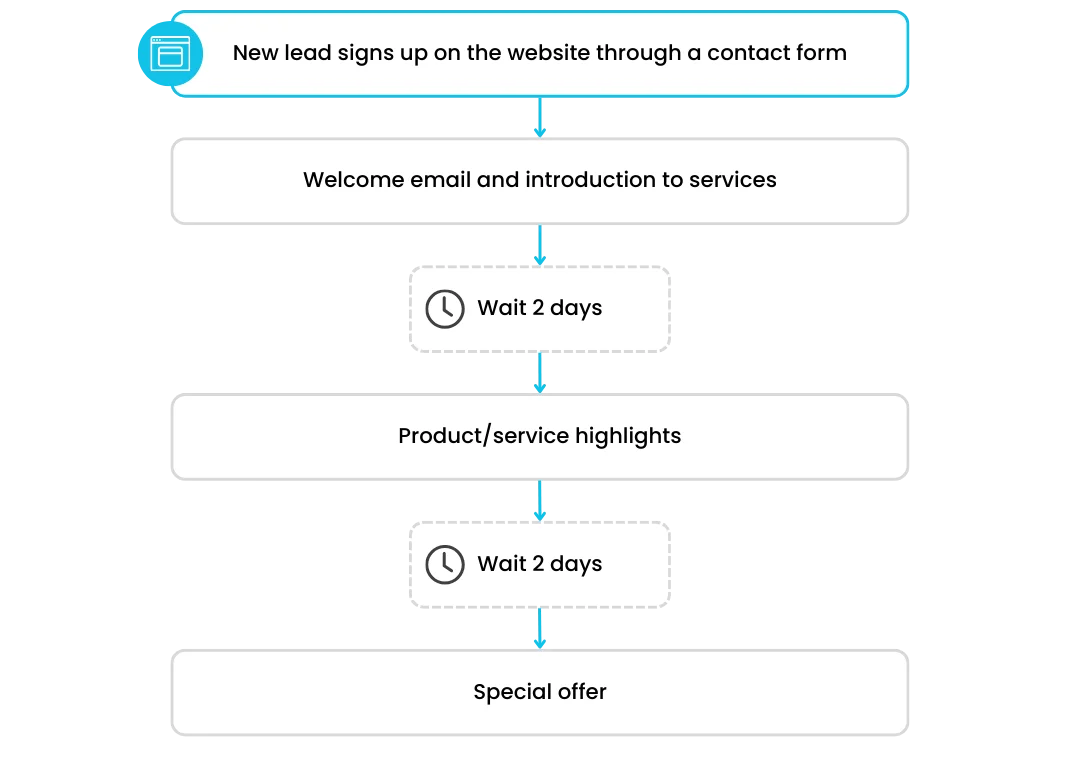
SMBs
Simplify Marketing and Grow Your Business
Save time, acquire new customers, and build brand loyalty with easy-to-use marketing automation tools.

Education
Boost Enrollment and Engage Alumni with Marketing Automation
Stand out in a competitive education market by delivering personalized communications that attract prospective students, nurture current students, and engage alumni.
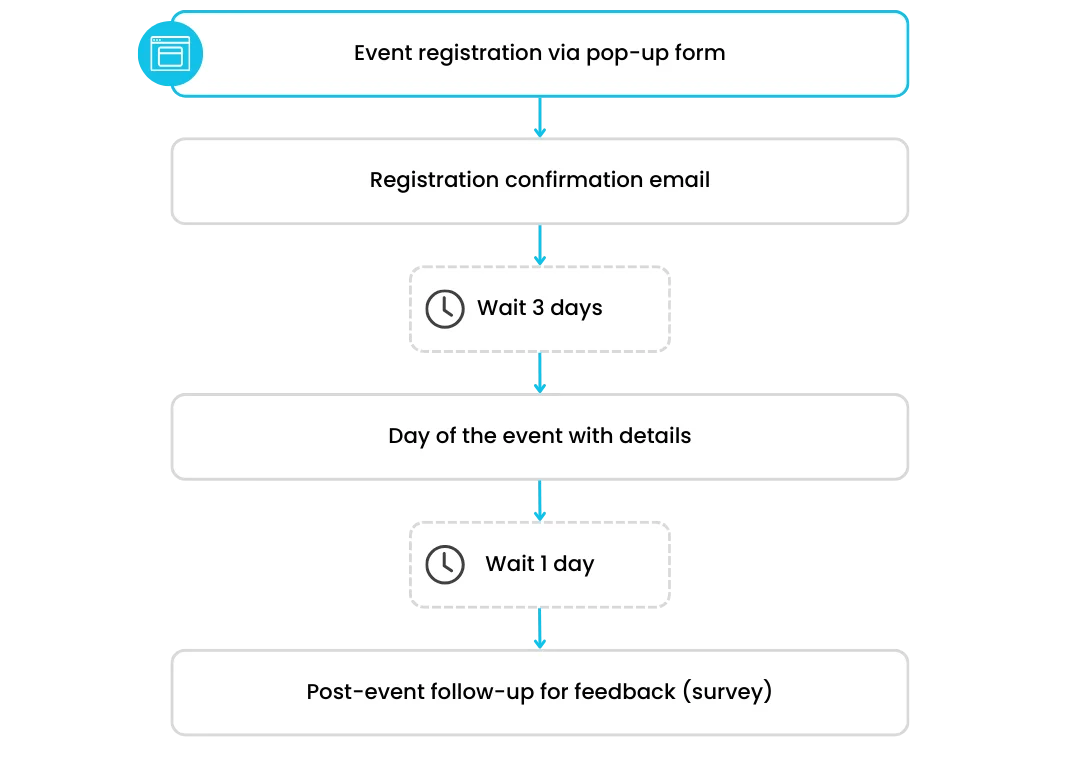
Parks & Recreation
Promote Community Programs and Increase Event Attendance
Reach more community members, streamline program registration, and gather valuable feedback with automated marketing.
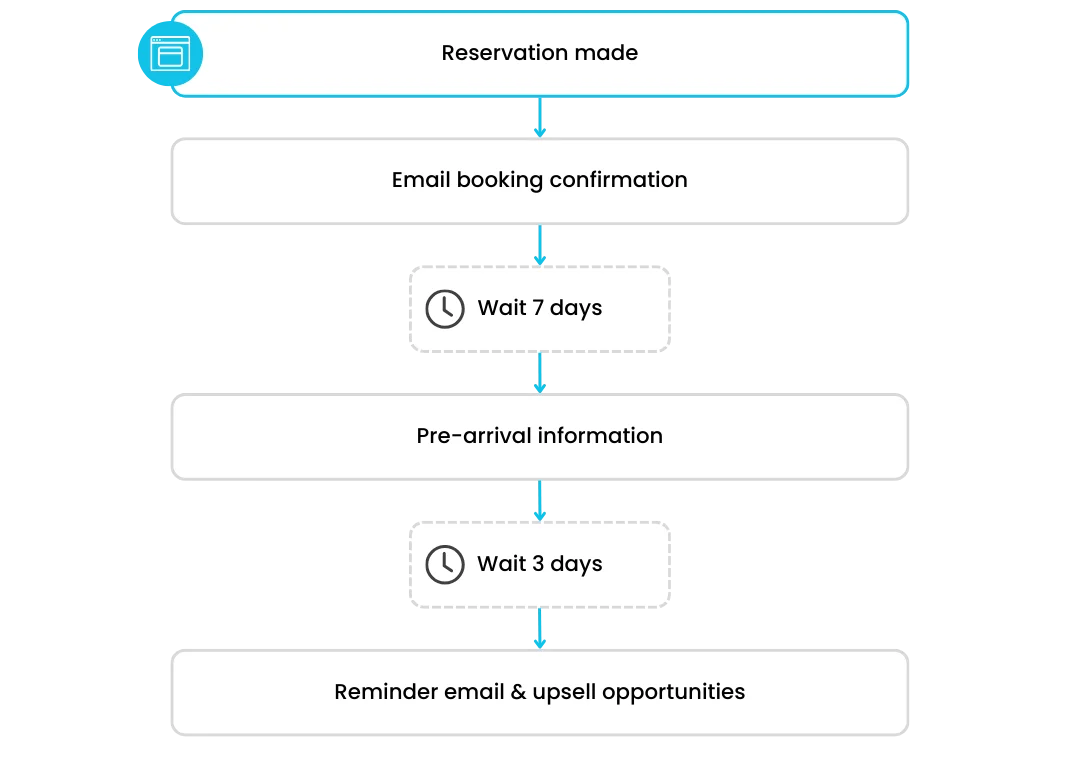
Hospitality
Drive Bookings and Build Guest Loyalty
Personalize offers, nurture leads, and improve the guest experience to increase bookings and repeat business.
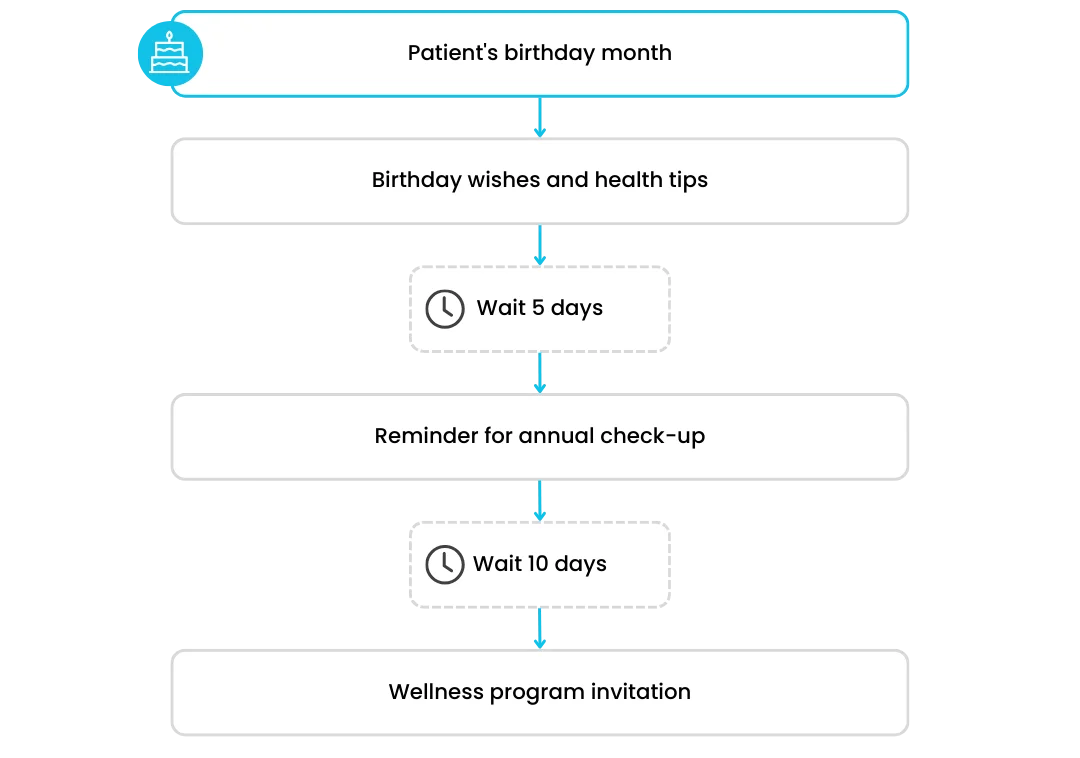
Healthcare & Wellness
Improve Patient Communication and Enhance Care
Enhance patient or customer engagement, streamline communication, and support preventative care.
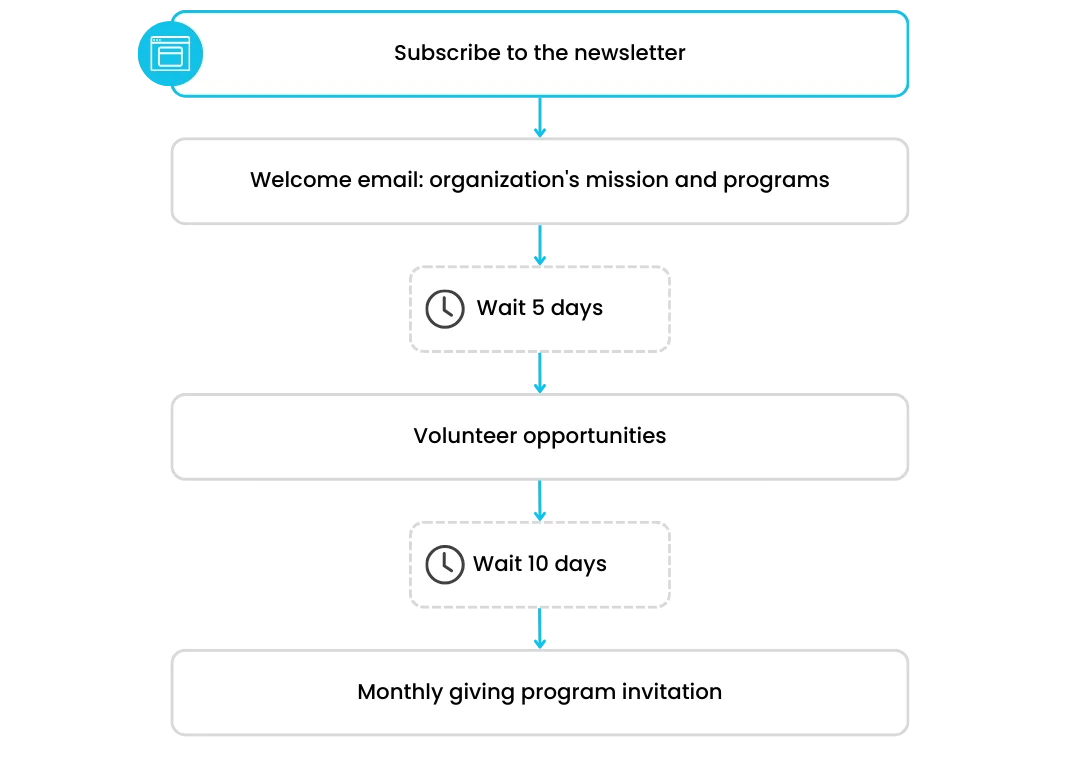
Non-profit organization
Maximize Impact and Nurture Donor Relationships
Automate routine tasks to free up resources, nurture one-time donors into recurring contributors, and demonstrate campaign effectiveness to stakeholders.
Unlock Efficient Marketing with Affordable Plans
Whether you’re a small business just starting out or an established organization looking to optimize your campaigns, Cyberimpact offers affordable solutions that grow with you—ensuring you have the tools you need to succeed without breaking the bank.
| Marketing automation | Free | Basic | Plus | Pro |
|---|---|---|---|---|
| Reach, engage, and convert more customers | ||||
| Starting price (0-500 contacts) | Free | $22.04 CAD/month | $38.59 CAD/month | $49.61 CAD/month |
| Marketing automation | 30 days | |||
| Custom fields | 10 | 20 | 40 | |
| Group creation (audiences) | Unlimited | Unlimited | Unlimited | Unlimited |
| Advanced segmentation | ||||
| Statistics on your mailings | ||||
| Ready-to-use automation scenarios (workflows) | 30 days | |||
| Customer Support (chat, email, phone) | 30 days | |||
| Book a DEMO | ||||
Marketing Automation Resources
FAQ
What exactly is email marketing automation?
Email marketing automation sends personalized emails based on specific triggers or schedules. It automates tasks like welcome emails, reminders, or follow-ups, ensuring the right message reaches the right person at the right time. With predefined workflows , known as “scenarios” in Cyberimpact, you can create seamless, personalized customer journeys and improve campaign efficiency without manual effort.
To learn more about email marketing automation, click here.
How is email marketing automation different from just sending bulk emails?
Email marketing automation goes beyond simply sending bulk emails by personalizing content and targeting specific actions or behaviours. While bulk emails are typically sent to a large group with the same message, automation tailors the communication to individual subscribers based on triggers, such as sign-ups, a specific interaction with previous emails, etc.
It uses predefined workflows to send timely, relevant messages automatically, making the customer journey more personalized and engaging. This level of customization improves customer experience, increases engagement, and leads to higher conversion rates compared to generic bulk emails.
How to set up Cyberimpact marketing automation?
To set up marketing automation in Cyberimpact, follow these steps:
- Log in to your Cyberimpact account: Access your Cyberimpact dashboard with your login credentials.
- Go to the Marketing Automation section: Navigate to the “Automation” tab in the main menu.
- Create a New Scenario: Click on “Create a New Scenario” to start building your automation workflow or choose a scenario template.
- Set Up Your Trigger: Choose the trigger that will initiate your automation, such as a subscription via a form, a contact being added to a group, or a specific date/time. This defines when the automated emails will begin.
- Define Actions and Conditions: Select the actions that will occur once the trigger is activated. Actions may include sending emails, adding/removing contacts from groups, or adding time delays between steps. Also set conditions to create decision points in the workflow, allowing contacts to follow different paths based on their behavior or data.
- Design Your Emails: Create the emails that will be sent automatically as part of the workflow. You can customize email content based on the contacts’ interactions, such as a welcome email or a reminder message.
- Test and Activate the Scenario: Before activating the automation, test the individual emails to ensure they appear as expected. Once you’re satisfied with the emails, share the scenario with your team for a final review, and then activate it to start sending automated emails.
- Monitor and Optimize: After activation, monitor the performance of your automation through reports and analytics to ensure it’s meeting your goals. You can adjust triggers, actions, and content as needed to improve engagement. Learn more here about how to edit an active scenario.
What are Cyberimpact email automation triggers?
Here are some examples of Cyberimpact email automation triggers:
- Subscription from an iframe or hosted form – When a contact subscribes via a form.
- Contact added to a group – When a contact is added to a specific group (or groups).
- Contact’s birthday – Triggered on the contact’s birthday.
- Expiration of implied consent – When implied consent is about to expire.
- Clicks on a link in a previous email – Triggered when a contact clicks a link in a prior email.
- An email is opened – When a contact opens an email.
- Search criteria – When a contact matches specific criteria (e.g., location, engagement).
- Answered a survey – Triggered by a survey response, allowing follow-up actions based on the answers.
- Fixed date and time – A fixed date and time that prompts the trigger based on the contact’s activity.
- Email opened or not opened – Actions can be based on whether the contact opens or doesn’t open a specific email.
- Link(s) clicked or not clicked – Trigger actions based on the contact’s interaction with links in an email.
- Did not answer a survey – Send a reminder to contacts who haven’t responded to a survey.
How much does email automation cost?
The “Marketing Automation” feature is included in the Plus and Pro plans. The Plus plan starts at $ 38.59 CAD/month, while the Pro plan starts at $ 49.61 CAD/month. Both plans offer automated marketing tools, including the ability to send personalized emails based on subscriber actions or behaviors.
Check out our detailed pricing here.
How can marketing automation help my business?
Marketing automation streamlines communication by sending personalized emails based on customer actions, like welcome messages or purchase follow-ups. This boosts engagement and strengthens connections with your audience.
By automating repetitive tasks like reminders and follow-ups, you can save time and focus on strategic decisions. Automation also allows you to nurture leads with relevant content and target your audience more precisely, increasing engagement and conversions.
With detailed insights into your campaign performance, you can refine your approach and drive more sales while building customer loyalty—efficiently and without constant effort.
Do I need technical skills to set up automation?
You don’t need advanced technical skills to set up marketing automation, especially with easy-to-use platforms like Cyberimpact. The process is designed to be intuitive, with drag-and-drop features that make it simple to create workflows, set triggers, and automate emails. Plus, Cyberimpact Academy offers a beginner-friendly class with video tutorials on marketing automation, so you can quickly learn the basics and start setting up your own automation with confidence.
All you need is a basic understanding of your customer journey—no coding required.
Is marketing automation only for large businesses, or can small businesses use it too?
Marketing automation isn’t just for large businesses—small businesses can benefit too. It helps streamline marketing, personalize communication, and save time, boosting efficiency and engagement without adding extra workload.
With automation, small businesses can nurture leads, send personalized emails, and follow up with customers, all without needing more staff. By automating tasks like welcome emails or reminders, you can focus on strategy and growth while still offering a personalized experience.
Even with a limited budget, small businesses can use affordable, easy-to-use tools to compete and scale effectively.
How do I measure the success of my automation email campaigns?
Measuring the success of your automated email campaigns is essential to understand what’s working and what can be improved. Here are some key metrics you should track:
- Open Rate: This tells you how many people are opening your emails. A high open rate suggests your subject lines are engaging and relevant to your audience.
- Click-Through Rate (CTR): This measures how many recipients clicked on links within your email. A higher CTR indicates that your content is compelling and that your audience is taking action.
- Conversion Rate: This shows how many people took the desired action (like making a purchase, filling out a form, or downloading a resource) after receiving your email. It’s a direct measure of how well your emails drive results.
- Bounce Rate: This tracks how many emails were undeliverable. A high bounce rate could indicate that your email list needs cleaning or that your emails are being marked as spam.
- Unsubscribe Rate: This indicates how many recipients opted out of receiving further emails. A high unsubscribe rate could signal that your emails are not resonating with your audience or that you’re emailing too frequently.
- Revenue Generated: For sales-focused campaigns, tracking the revenue generated from your automated emails is critical. This shows the direct financial impact of your efforts.
- Engagement Over Time: Analyze how engagement changes over time to spot trends. For example, if you see that engagement drops after a few emails in a sequence, it could indicate the need to refine the campaign or timing.
By tracking these metrics and using the insights to optimize your workflows, you can continuously improve your automated email campaigns and ensure they are achieving your business goals.
Learn more about how to view your scenario statistics in Cyberimpact here.
What tools should be included in a marketing automation platform?
The essential tools in a marketing automation platform can vary depending on your business needs, but generally, a strong platform should include:
- Email Campaign Automation: To create, send, and automate personalized email sequences based on triggers or schedules.
- Segmentation: Tools to segment your audience by behavior, demographics, or interests, ensuring targeted messaging.
- Personalization: Options to personalize content, such as names for a more engaging customer experience.
- Landing Pages builder: Tools to create optimized landing pages for lead capture or promotions.
- Analytics and Reporting: A dashboard providing insights into campaign performance, engagement, and conversions.
With Cyberimpact, you get all the tools you need in one platform, designed to make your marketing easier and more effective!
How can I use email marketing automation?
You can use email marketing automation in a variety of ways to enhance your marketing efforts and improve customer engagement. Here are some examples:
- Welcome Series: Send a series of automated emails to new subscribers, providing them with valuable information about your brand and services. This helps build trust and sets the stage for future interactions.
- Birthday and Anniversary Messages: Send personalized greetings with special offers to celebrate subscribers’ birthdays or anniversaries, fostering loyalty and engagement.
- Event Invitations and Reminders: Automate invitations and reminders for events, ensuring timely communication and maximizing attendance.
- Lead Nurturing: Use automation to send targeted content to leads based on their interests or actions, guiding them through the sales funnel.
- Re-engagement Campaigns: Automate emails to inactive subscribers, aiming to rekindle their interest in your brand.
- Re-engagement Campaigns: Automate emails to inactive subscribers, aiming to rekindle their interest in your brand.
- Educational Content Series: Offer automated courses or tutorials via email, educating subscribers about your products or services and positioning your brand as an authority.
- Feedback and Review Requests: Send automated emails asking customers for feedback or reviews after a purchase or interaction, helping improve your services and build social proof.
- Cross-Selling and Up-Selling: Use automation to suggest complementary products or upgrades based on customers’ purchase history, enhancing their experience and increasing revenue.
And many more!